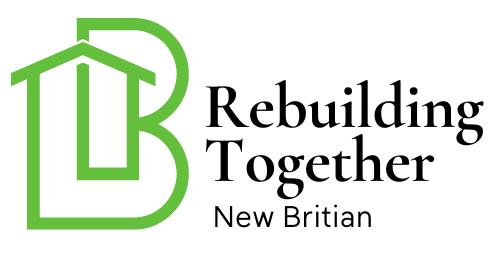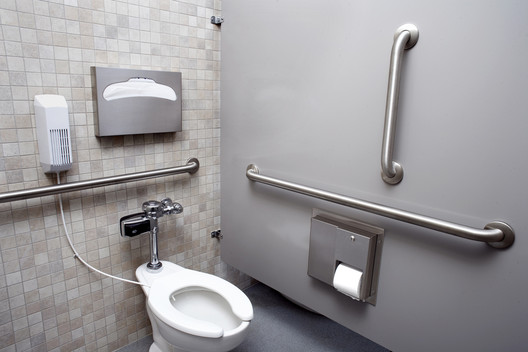Ensuring bathroom safety for disabled individuals is a critical aspect of home safety. As homeowners, it is our responsibility to create a safe and accessible environment for everyone, especially those with disabilities. Bathrooms can pose various risks, but with thoughtful planning and modifications, these can be mitigated to ensure a secure and comfortable experience for all users.

Understanding the Importance of Bathroom Safety
Bathrooms are essential spaces in our homes, but they can be hazardous, particularly for individuals with disabilities. Slippery floors, high thresholds, and inadequate support structures can lead to accidents. Therefore, enhancing bathroom safety for disabled individuals is not just about comfort but also about preventing potential injuries.
Common Hazards in the Bathroom
Before making improvements, it’s essential to identify common hazards. These include wet floors, lack of grab bars, inadequate lighting, and inaccessible fixtures. Recognizing these risks is the first step in creating a safer bathroom environment.
Essential Safety Features for Bathrooms
There are several features that can significantly improve bathroom safety for disabled individuals. Installing non-slip mats, adding grab bars, and ensuring proper lighting are some fundamental changes that can make a big difference.
Non-Slip Bathroom Mats
Non-slip mats are crucial for preventing slips and falls. They provide a stable surface and reduce the risk of accidents on wet floors. For more information on the best types of bathroom mats, you can visit bathroom mats safety.
Installing Grab Bars
Grab bars offer essential support and stability, especially near toilets and showers. They help individuals maintain balance and move safely within the bathroom. For insights on designing bathrooms for those with mobility issues, check out mobility bathroom design.
Proper Lighting
Adequate lighting is vital for ensuring visibility. Consider installing LED safety lights which are not only energy-efficient but also provide bright, consistent illumination. More details can be found on LED safety lights.
Designing an Accessible Bathroom
Designing a bathroom that caters to the needs of disabled individuals involves more than just adding safety features. It’s about creating a space that is both functional and welcoming. This includes considering the layout, fixture heights, and door widths.
Bathroom Layout
An accessible bathroom layout should provide enough space for maneuverability. This is crucial for individuals who use wheelchairs or other mobility aids. For tips on remodeling bathrooms for accessibility, visit remodeling for accessibility.
Fixture Heights
Adjusting the height of bathroom fixtures like sinks and toilets can make a significant difference. It ensures that individuals can use these facilities independently and comfortably. For guidance on correct sink heights, see sink height guide.
Technological Aids for Bathroom Safety
Technology plays a pivotal role in enhancing bathroom safety for disabled individuals. From automated faucets to voice-activated lights, technology can make bathrooms more accessible and user-friendly.
Automated Bathroom Fixtures
Automated fixtures like touchless faucets and motion-sensor lights reduce the need for physical interaction, making them ideal for individuals with limited mobility.
Emergency Alert Systems
Installing an emergency alert system in the bathroom ensures that help is just a button press away in case of an accident.
Creating a Safe and Welcoming Environment
While safety is paramount, it’s also essential to create a space that feels welcoming. Using warm colors, soft textures, and personal touches can make the bathroom a comforting environment.
Personalization and Comfort
Consider incorporating elements that reflect the personality and preferences of the user. This not only enhances comfort but also promotes a sense of independence and dignity.
Conclusion
Enhancing bathroom safety for disabled individuals involves a combination of practical modifications, thoughtful design, and embracing technology. As homeowners, making these changes not only ensures safety but also enhances the quality of life for those with disabilities. For more information, you can refer to external resources like VNS Health.

FAQs
- What are the most important features for a safe bathroom?
Non-slip mats, grab bars, and proper lighting are essential for a safe bathroom. - How can technology improve bathroom safety?
Automated fixtures and emergency alert systems are examples of how technology can enhance safety. - Why is bathroom design important for disabled individuals?
Proper design ensures accessibility, functionality, and comfort, which are crucial for independence and safety.
This article contains affiliate links. We may earn a commission at no extra cost to you.

